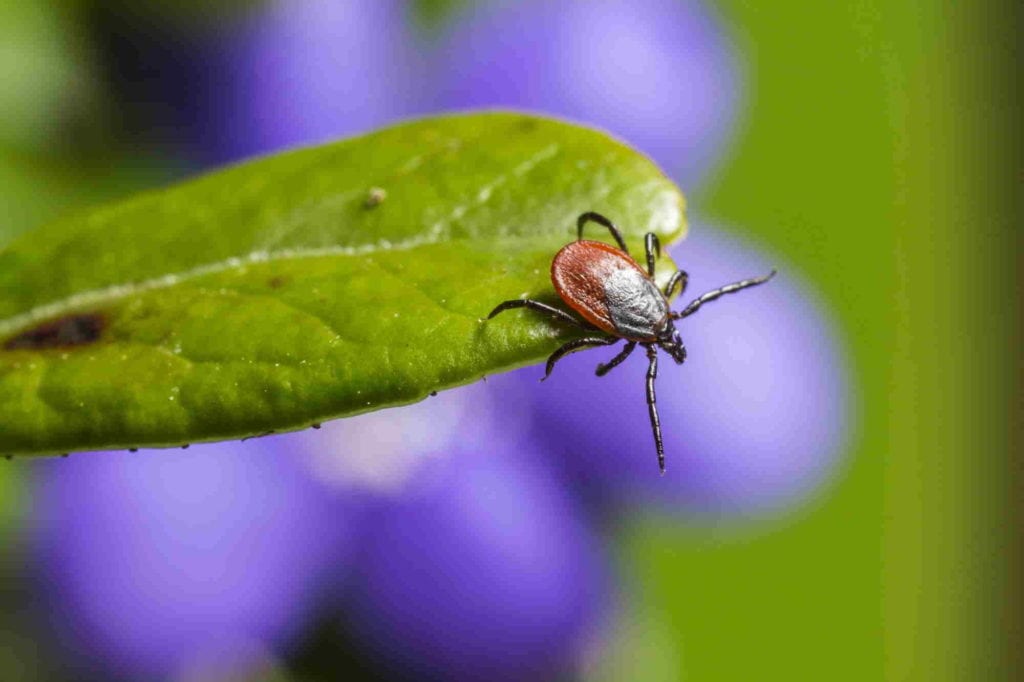
How to Safely Remove a Tick and Reduce the Risk of Lyme Disease
Ticks are more than just a nuisance. These tiny parasites can transmit serious diseases like Lyme disease, anaplasmosis, and Rocky Mountain spotted fever. Whether you find a tick on yourself, a family member, or a pet, it’s crucial to remove it safely and take preventive measures to reduce the risk of infection.
As a Cornell University graduate with a degree in agricultural biology, entomology, and bioagricultural sciences, and the owner of a successful pest control company in Delaware for nine years, I’ve spent my career helping people protect their homes and businesses from dangerous pests. Through my work with Pest Extinct, I’ve seen firsthand how proactive tick control can make a big difference in reducing disease risks.
If you’ve found a tick or want to keep your property tick-free, here’s what you need to know.
Why Proper Tick Removal is Essential
Ticks attach themselves to a host by embedding their mouthparts into the skin. If a tick is removed incorrectly, you could leave behind parts of the tick, increasing the risk of infection. Worse, an improper removal could cause the tick to release disease-causing bacteria into your bloodstream.
That’s why safe removal and disposal are critical.

How to Remove a Tick the Right Way
Use the Right Tools
To remove a tick, you’ll need fine-tipped tweezers, rubbing alcohol, and a sealable plastic bag or container. These tools help ensure a clean, safe removal process without spreading bacteria.
Grasp the Tick Carefully
Using tweezers, hold the tick as close to the skin as possible. Avoid squeezing the tick’s body, as this can push infected fluids into the wound.
Pull Straight Up
Apply steady, even pressure and pull the tick straight out. Twisting or jerking can cause the tick’s mouthparts to break off, which may lead to an infection.
Clean the Bite Area
After removal, disinfect the bite site with rubbing alcohol or antiseptic. Wash your hands thoroughly and dispose of the tick in a sealed container or flush it down the toilet.
What to Do After Removing a Tick
Monitor for Symptoms
Ticks can transmit Lyme disease and other infections, sometimes without immediate symptoms. Over the next few weeks, watch for:
- A bullseye-shaped rash near the bite area.
- Flu-like symptoms, including fever, chills, and muscle aches.
- Joint pain or swelling.
If you notice any of these signs, see a doctor immediately.
Save the Tick for Testing
If possible, place the tick in a sealed plastic bag with a damp cotton ball and label it with the date and location of the bite. This can help a doctor determine if testing or treatment is needed.

How to Prevent Tick Bites
Keep Your Yard Tick-Free
Ticks thrive in tall grass, wooded areas, and brush piles. To minimize tick habitats, keep your lawn mowed, remove debris, and clear any overgrown vegetation.
Wear Protective Clothing Outdoors
When spending time in tick-prone areas, wear long sleeves, pants, and closed-toe shoes. Light-colored clothing makes it easier to spot ticks before they attach.
Use Tick Repellents
Applying EPA-approved tick repellents with DEET, picaridin, or permethrin can help keep ticks away from your skin and clothing.
Check for Ticks After Outdoor Activities
Ticks can be as small as a poppy seed, so conduct a full-body tick check after spending time outdoors. Pay close attention to areas like:
- The scalp, hairline, and behind the ears.
- Underarms, waistline, and behind the knees.
- Between fingers and toes.
How to Protect Pets from Ticks
Ticks don’t just affect people—they also latch onto dogs and cats, increasing the risk of infestations inside your home.
Use Tick Preventatives
Ask your veterinarian about topical treatments, tick collars, or oral medications that help protect your pet year-round.
Inspect Your Pet Regularly
After outdoor activities, check your pet’s ears, paws, and fur for any attached ticks. Remove any ticks immediately using the same safe removal method you’d use for yourself.
Wash Bedding and Vacuum Often
Ticks can hide in pet bedding and carpets. Regularly wash pet bedding in hot water and vacuum floors to eliminate any ticks before they spread.

Why Professional Tick Control is the Best Solution
While personal precautions help, tick control at the source is the most effective way to prevent infestations. If you notice frequent tick sightings in your yard, a professional pest control service can provide a long-term solution.
How Professional Tick Control Works
- Targeted treatments eliminate ticks where they nest and breed.
- Barrier sprays create a protective zone around your home.
- Tick tubes reduce populations by controlling ticks in their early stages.
- Ongoing monitoring ensures long-term prevention.
With professional tick management, you can significantly reduce the tick population on your property and lower the risk of disease transmission.
Final Thoughts on Tick Safety
Ticks are a serious concern, but with proper removal techniques and preventive measures, you can protect yourself, your family, and your pets from tick-borne illnesses.
If you’re struggling with a tick problem on your property, don’t wait until it gets worse. Professional tick control services provide the most effective way to keep your yard safe and tick-free year-round.
If you want to eliminate ticks and reduce the risk of Lyme disease, Pest Extinct can help. We specialize in safe, effective tick control solutions for homes and businesses. Get a free quote today and take the first step toward a tick-free property!
About the Author
Kevin McAlister is a Cornell University graduate with a degree in agricultural biology, entomology, and bioagricultural sciences. As a writer and editor for Pest Extinct and the owner of a successful pest control company in Delaware for nine years, Kevin specializes in commercial pest management, integrated pest control strategies, and industry compliance solutions.

Leave a Reply